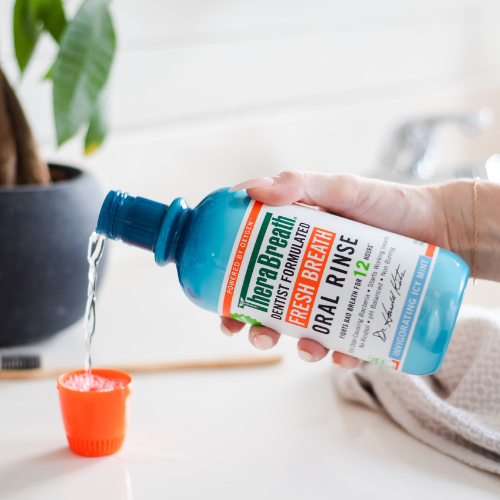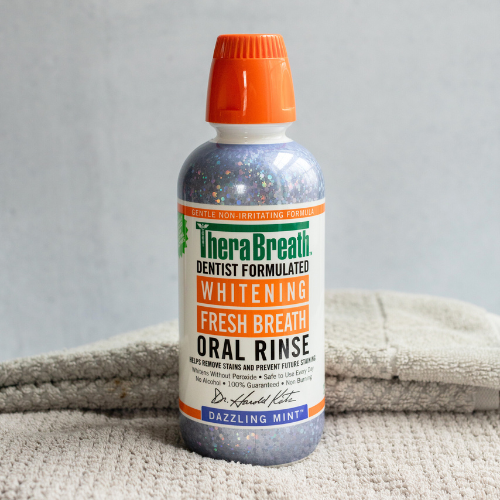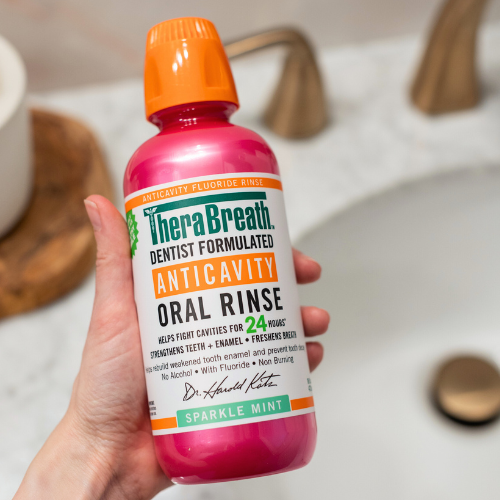
Scientists Prove The Obvious: Tonsil Stones Smell Terrible
Share

Bad breath almost always issues from the mouth, especially from the tongue, teeth and palate. However, from the back of the throat - a location whose inclusion in "the mouth" is up to you - a small, natural, pearl-like formation can ratchet up mild halitosis into a serious case of oral odor.
Tonsil stones, also known as tonsilloliths, can occur in the back of the throat of nearly anyone who has not had a tonsillectomy. These small, white objects may look like precious stones, but they certainly don't smell like them.
As food passes through the back of the throat and down the esophagus, glands with an especially wrinkled or folded surface can scoop up and hold food matter. These inflamed or shriveled-looking glands, commonly known as cryptic tonsils, may make bad breath a big concern.
Over time, tonsil stones grow as food accumulates and is processed by bacteria. The surface of a tonsillolith is a living slime of microbes, called a biofilm, which gives off copious amounts of smelly molecules known as volatile sulfur compounds.
If you've ever coughed out a tonsil stone, you know that the smell is singularly bad and often very difficult to wash off your hands.
Besides gargling with a specialty breath freshening rinse, individuals with halitosis may consider attacking odor-causing bacteria with an oral care probiotics kit.




